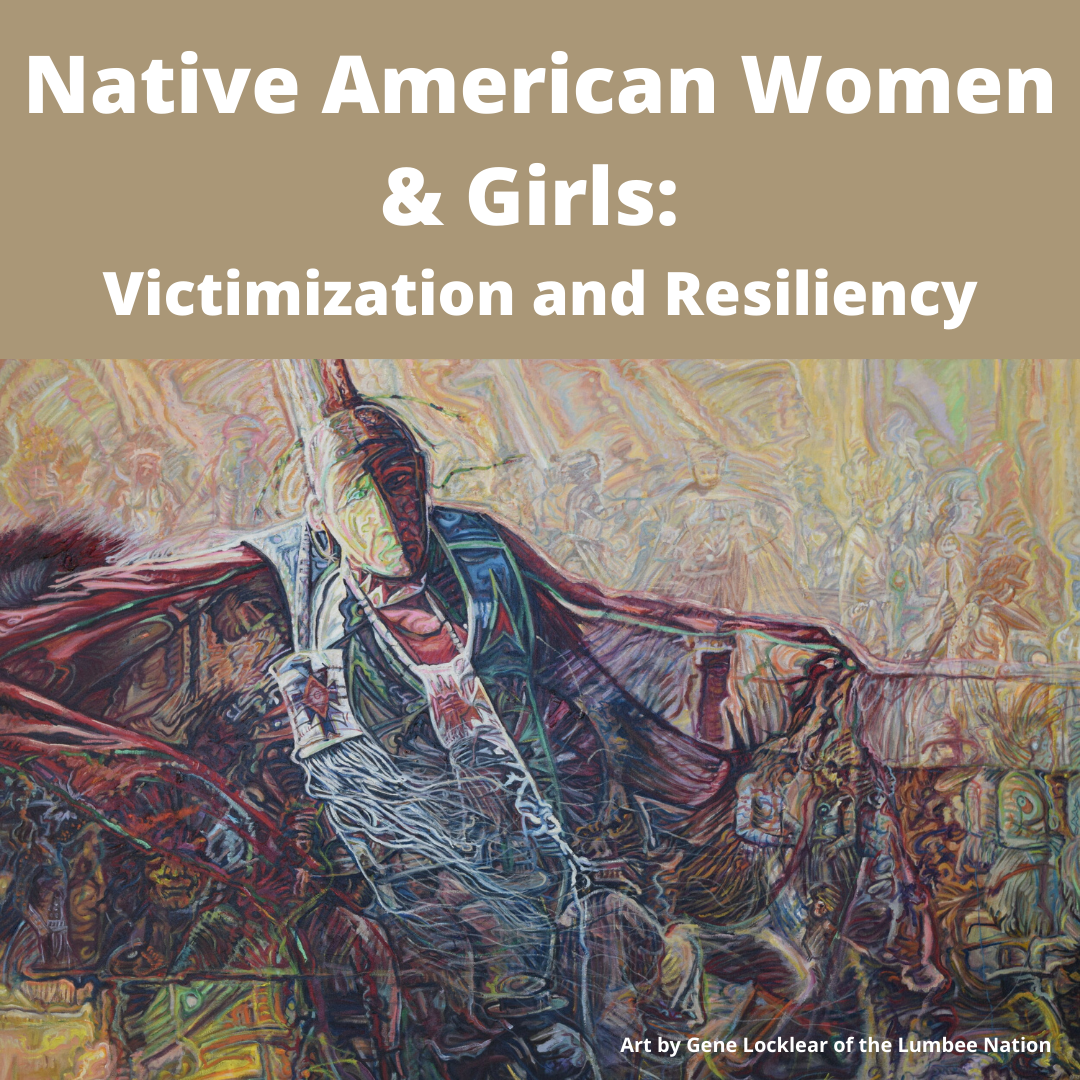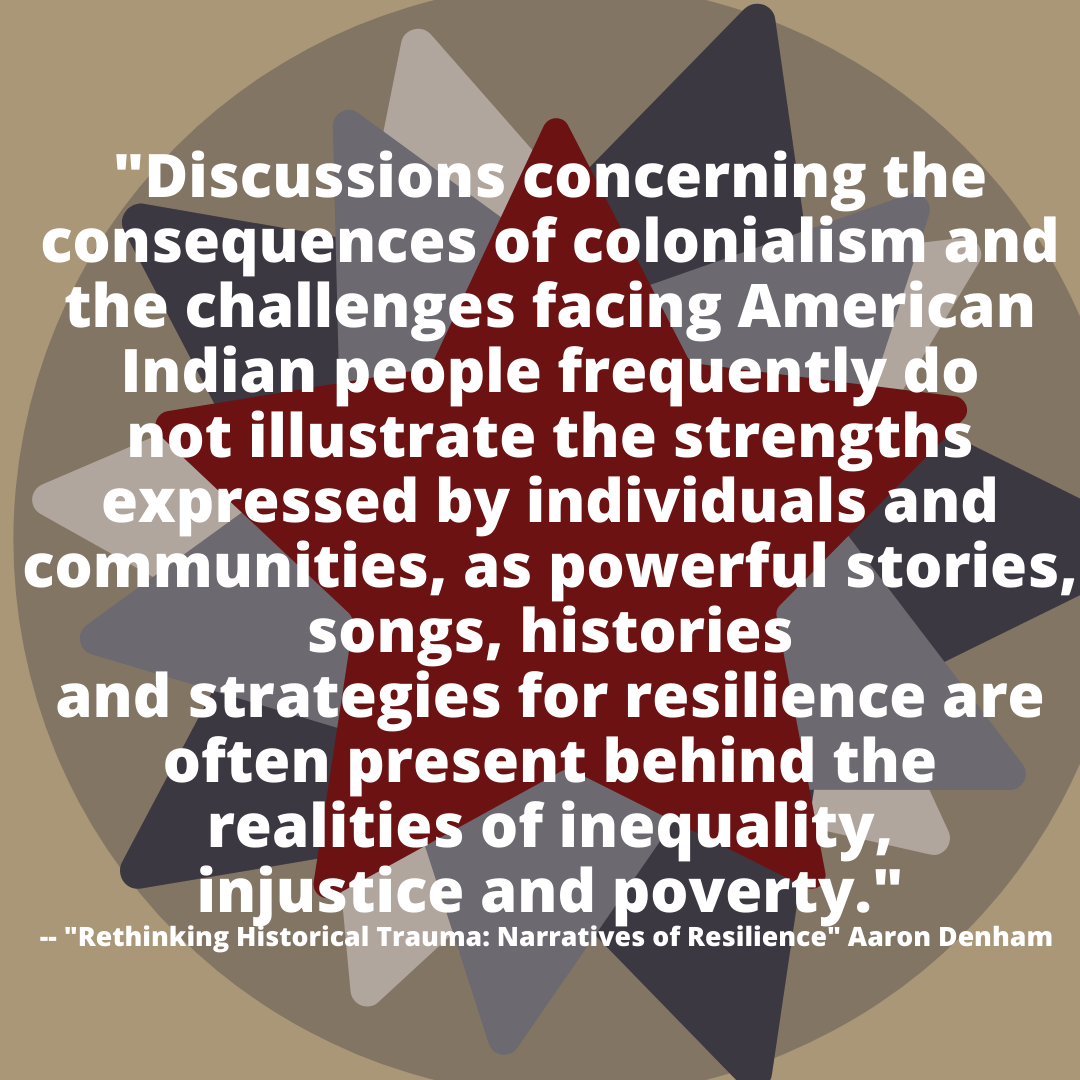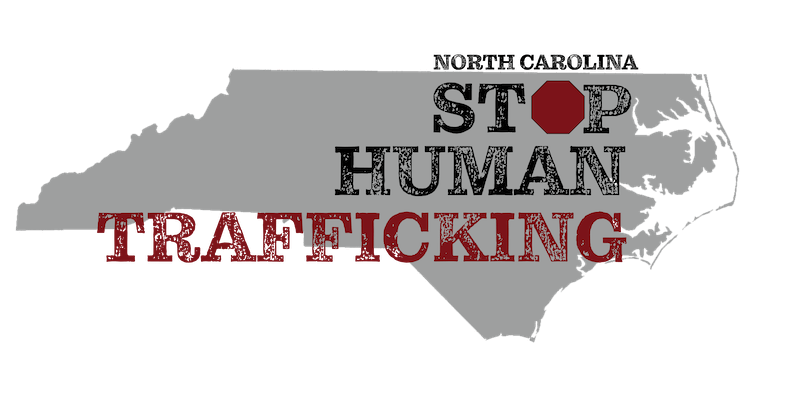
Human trafficking in the U.S. is not a new phenomenon.
If we look back at the European discovery of the Americas, it is clear that human trafficking began with Christopher Columbus’s abuses of native people.
Christine Stark, Native American survivor of family-based sex trafficking and sexual abuse, said during the Coalition to End Sexual Exploitation Online Global Summit this year, that Columbus was the first human trafficker to land on the shores North America, abducting native people in the Caribbean to be sold as slaves across the Atlantic Ocean.
Though hundreds of years ago, the victimization of Native American women and girls continues to this day. According to Human & Sex Trafficking: Trends in Responses Across Indian Country, researchers found that across four sites in the U.S. and Canada, 40 percent of women involved in sex trafficking identified themselves as American Indians/Alaskan Natives.
Stark also outlines that the abduction of Indigenous women and children for the purpose of sexual slavery for Columbus’s men was the cornerstone of the beginning of colonization.
As the land began to be colonized, exploitation of Native people and the land happened in all 13 colonies.
“When we talk about colonization, we know that prostitution and sex trafficking was an essential component to that,” Stark said, “… we see that the very foundation of this country resides upon the sexual exploitation, the murder, the abduction of Indigenous women and children.”
According to the “Garden of Truth: The Prostitution and Trafficking of Native Women in Minnesota,” “Prostitution is another form of this egregious violence against Native women. An honest review of history indicates that European system of prostitution was imposed by force on tribal communities through nearly every point of contact between Europeans and Native people. It is essential to understand the history of this trafficking of Native women in order to reduce the epidemic of sexual violence against them.”
Understanding the true history of how the United States was colonized, the historical trauma experienced by Native populations to this day and the systems that were set up to further dissolve Native families and communities is imperative when analyzing the alarming rates of sex trafficking among Native women and girls today.
And while it is important to understand why Native women and girls are disproportionately victimized, it is crucial that we acknowledge the incredible healing and resilience that Native communities have shown through the hundreds of years of oppression.

“Discussions concerning the consequences of colonialism and the challenges facing American Indian people frequently do not illustrate the strengths expressed by individuals and communities, as powerful stories, songs, histories and strategies for resilience are often present behind the realities of inequality, injustice and poverty. Studying the challenges American Indian people confront is helpful and needed; however, such studies provide greater benefit when combined with descriptions emphasizing the strengths of Native people.”
Aaron Denham, Rethinking Historical Trauma: Narratives of Resilience
Racism
According to “Garden of Truth,” “Race and ethnic prejudice is integral in prostitution. Sex buyers purchase women in prostitution on the basis of the buyer’s ethnic stereotypes…”
This assertion bears out again and again in research that looks at race and commercial sexual exploitation.
Sandi Pierce, PhD, of the Innovations Human Trafficking Collective, a Native American survivor of familial-based sex trafficking and romantic partner-based sex trafficking said during the Now and Next Speaker series, “What they [survivors] talked about is the traffickers deliberately targeted these kids. They were exotic, they were marketable, they were easy to access. And they could make a lot of money off of them. That is the same dynamic as the colonial era. It has never changed. It is not like the targeting is new, it has been going on since the earliest period.”

In the “Garden of Truth,” 42 percent of the survivors who were interviewed had been racially insulted by sex buyers and/or traffickers. They reported being called slurs based on their race (such as “savage”) which was then linked to sexist slurs such as being called a whore/slut.
“Hatred of the women’s skin color was reflected in comments such as ‘Why don’t you go back to the rez – go wash the brown off you.’ Other racist remarks by [sex buyers] were homicidal. ‘I thought we killed all of you.’ … For some sex buyers, the racist degradation was sexually arousing and was integral to his sexual use of Native women.”
And while that violent racist dynamic plays a part in the purchase of Native women and girls for sex, it was reported that Native women and girls are also fetishized by sex buyers.
From “Garden of Truth” – “In some cases, johns wanted to role-play colonist and colonized as part of prostitution, ‘He likes my hair down and sometimes he calls me Pocahontas. He likes to role play like that. He wants me to call him John.’”
Native women who are involved in prostitution also reported little help came from the police who specifically targeted them for harassment and abuse.
“The police harass me a lot. They see me riding up on the sidewalk and assume I’m drunk. They assume Native Americans are all drunk,” one survivor reported in “The Garden of Truth.”
Vulnerabilities
Native American women experience disproportionately high levels of homelessness, poverty and violence.
These vulnerabilities are attributed to government policies that led Native people to be uprooted from their land and treated poorly.
The historical trauma of the impacts of colonization and the subsequent U.S. policies that tried to strip away their culture and pushed them into poverty, led to a disconnection for many Native people from their community and their supports.
It would be remiss of anyone to not acknowledge the lasting impacts of U.S. government policies on the Native American populations, and how those policies directly caused homelessness, poverty, an increase in substance use, and an increase in interpersonal violence.
An advocate in Minnesota explains it best in “Shattered Hearts: The Commercial Sexual Exploitation Of American Indian Women And Girls In Minnesota,” “We don’t necessarily talk about relocation, which was a formal government policy, and that relocation in particular made our families vulnerable. It was both extreme poverty there [on the reservation] and extreme poverty here [in the city]. Our families lived on the banks of the Mississippi in Minneapolis when we first came here because we couldn’t get houses, we couldn’t get jobs, nothing. We couldn’t live together either.”
Homelessness and poverty have the capacity to lead to sex trafficking.
From the same “Shattered Hearts” report, an advocate in Duluth explained, “Sexual exploitation for the young women and the girls we work with is such a secondary issue. It’s like, ‘Help me find shelter, help me find food, help me find clinics.’ And then if you work with them long enough it’s ‘Oh yeah, I was sexually exploited.’”
Other vulnerabilities that Native women and girls experience are related to interpersonal violence, high levels of Native children in the foster care system and have experienced trauma.
All of these factors that have resulted from systemic abuse of Native populations serve as a pipeline to commercial sexual exploitation.
Healing
While discussing the victimization of Native Americans in human trafficking, it is important to honor the resiliency of these communities. They have continued to survive through all of these abuses and tribal organizations and communities are still working to keep their culture alive and thriving.
Shattered Hearts acknowledges the importance of honoring the resiliency and the work in Native American communities and makes it a point to say in the report the “goal in developing this report was to give our Native communities and their allies in the larger society information that could help pave the path to healing.”
“It is important to recognize that the continued existence of American Indian communities is a tribute to the resilience of Native people and their unending efforts to retain their language, social relationships, and culture. Many, many Native people are working to strengthen and heal their communities and to provide healthy options and positive futures for Native youth, and those efforts do make a difference.”
It is suggested in the report “Strategies to Restore Justice for Sex Trafficked Native Women” that looking at the institutional inequities and injustices is also imperative and scaling back the criminal justice aspect of these instances could potentially be a better way to see that these survivors receive justice.
“While work toward improving the criminal justice system for Indigenous prostituted and trafficked women should continue, collaboration should begin so that Indigenous prostituted and trafficked women can access civil litigation should they choose to do so. This would not only benefit them, their families, and Indigenous communities, civil litigation may be the only feasible way to impact the institutionalization of the prostitution and trafficking of Indigenous women in North America, particularly when corporations, governmental institutions, and organized crime are involved. Given the historical and contemporary transnational aspect of the sex trafficking and prostitution of Indigenous women, comprehending what Indigenous women have been experiencing for hundreds of years will lead the way toward a future in which no one is bought or sold.”
Tribes in NC
North Carolina has the largest Native American population east of the Mississippi Rivers, as of 2020, and these populations of people in the state are affected by the same issues as other Native American tribes across the country.
The tribes in North Carolina are the Eastern Band of Cherokee (the only federally recognized tribe in the state), Coharie (Sampson and Harnett counties), Lumbee (Robeson and surrounding counties), Haliwa-Saponi (Halifax and Warren counties), Sappony (Person County), Meherrin (Herford and surrounding counties), Waccamaw-Siouan (Columbus and Bladen counties).
North Carolina also has granted legal status to four organizations representing and providing services for American Indians living in urban areas: Guilford Native American Association (Guilford and surrounding counties), Cumberland County Association for Indian People (Cumberland County), Metrolina Native American Association (Mecklenburg and surrounding counties), and Triangle Native American Society (Wake and surrounding counties).

In an interview with WUNC, N.C. Public Radio, Crystal “Red Bear” Cavalier Keck, said, “Human trafficking – it can happen to anyone – however it is disproportionately happening to our Native American people. And the reason why is the lack of resources, lack of employment opportunities, prior abuse, substance abuse, intergenerational trauma, and jurisdictional challenges. We need to heal these communities to unite our tribal nations in order to battle human trafficking.”
This comment stemmed from the discussion around missing and murdered Indigenous women in the state and how agencies can work alongside tribal leaders to solve these cases that are burgeoning in the state of North Carolina.
READ: Native American women can be ‘easy prey’ for violence. It’s a crisis in NC.
READ: North Carolina officials are ignoring a crisis of missing and murdered Indigenous women
– Melinda Sampson is the community outreach coordinator of NC Stop Human Trafficking. She can be reached by email at melinda@encstophumantrafficking.org
